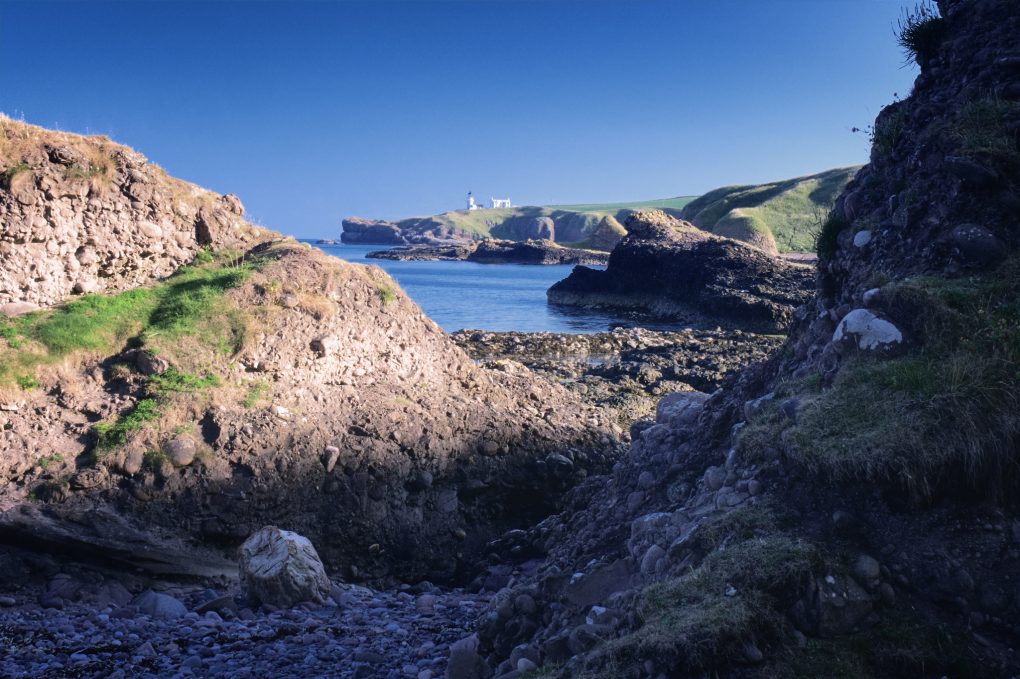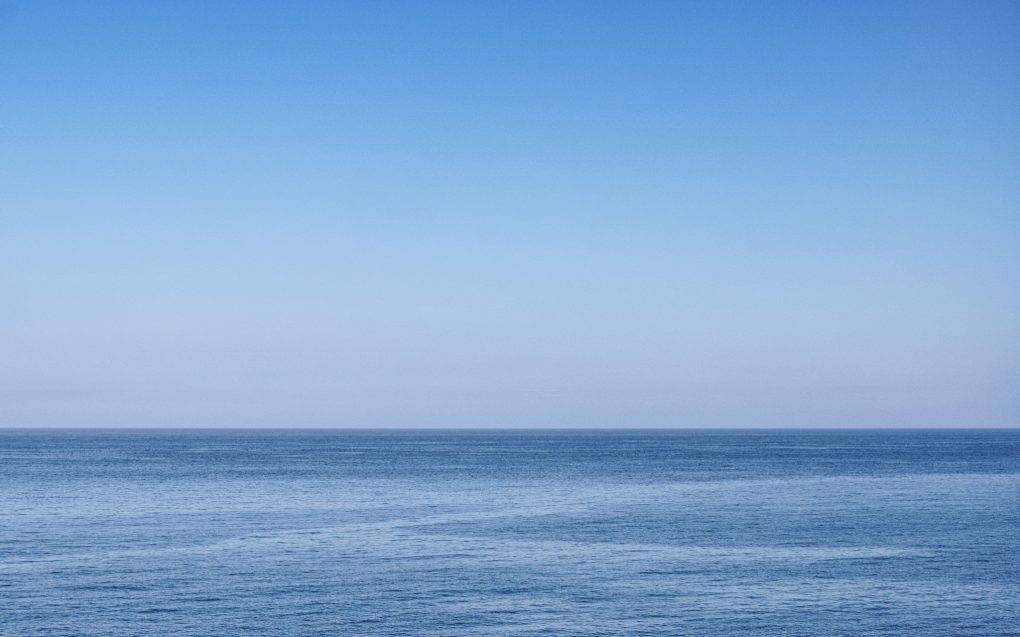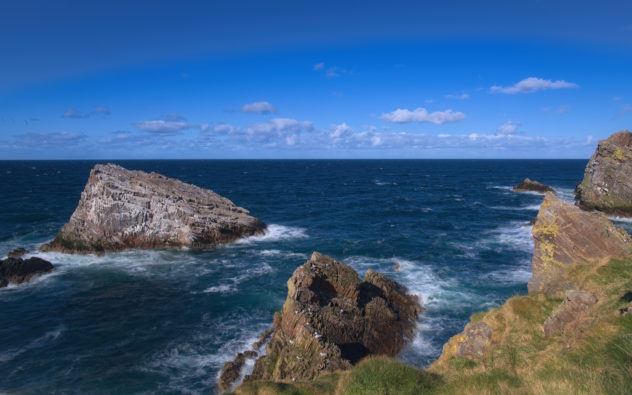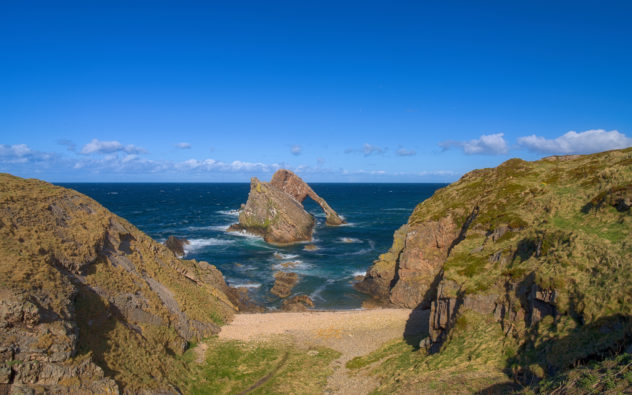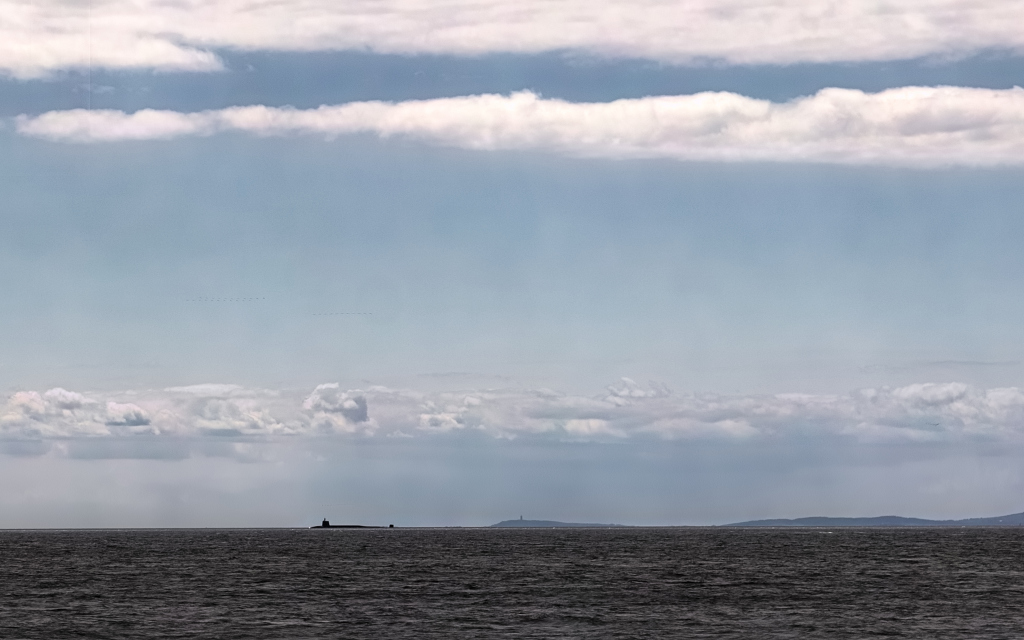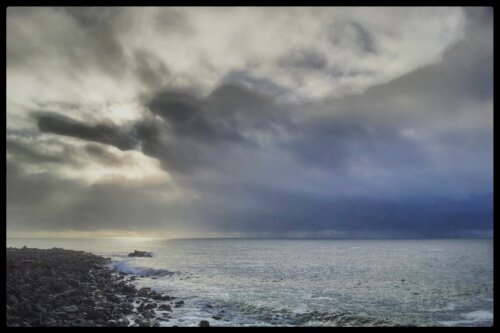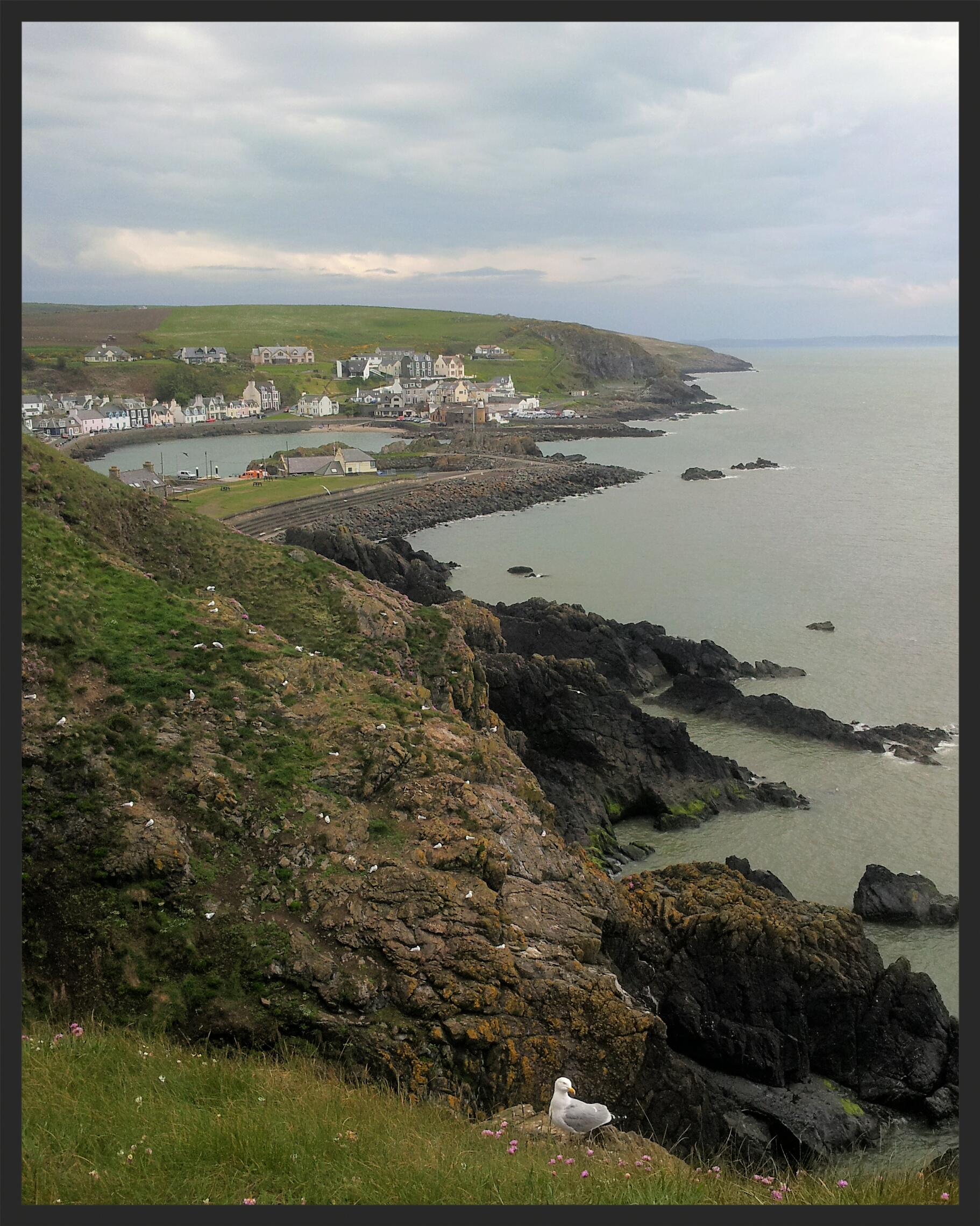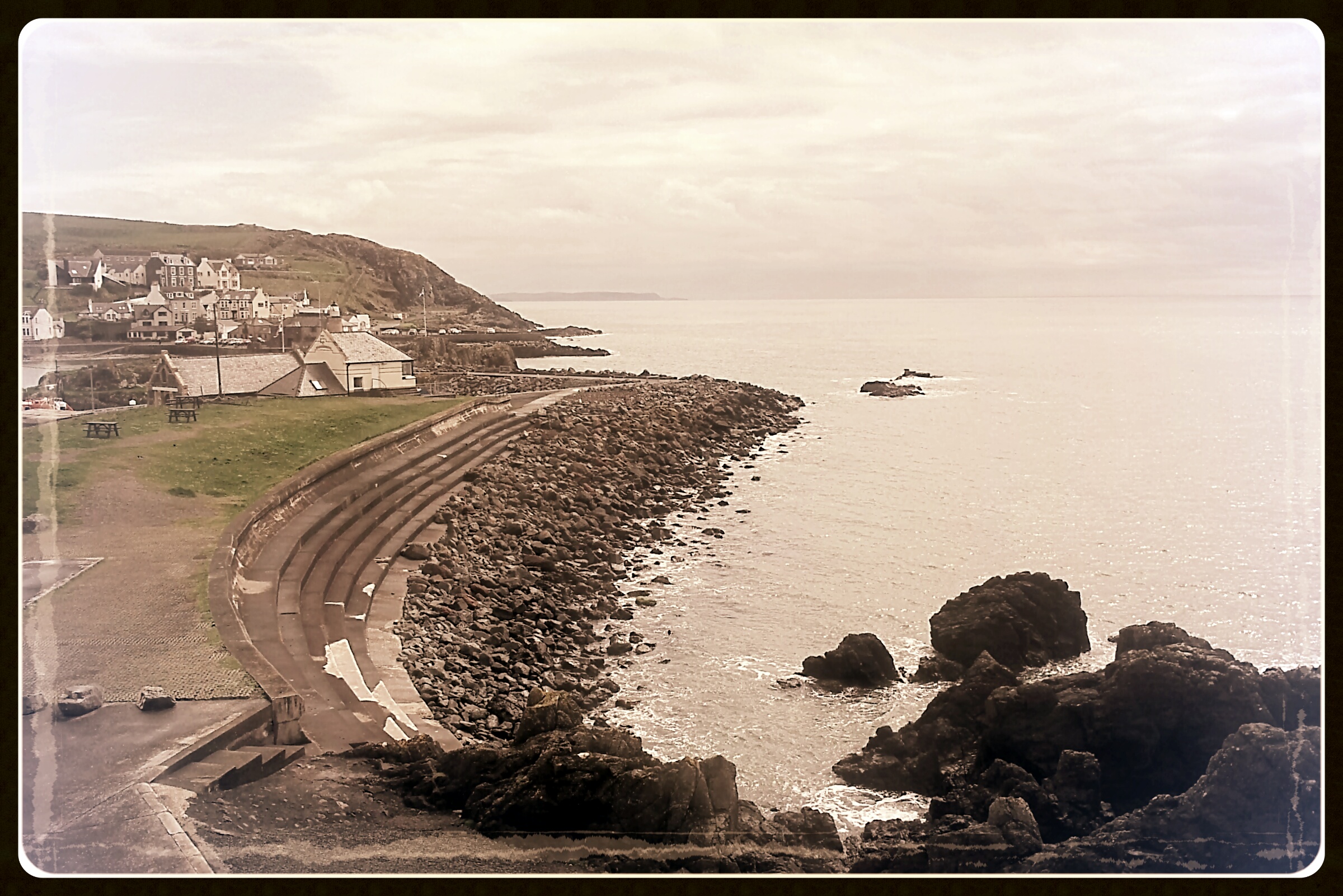I’d never really explored much of the Aberdeenshire coastline. On Saturday, however – feeling liberated from EV range anxiety – I discovered Catterline, just south of Fowlsheugh and Dunnottar. Towards the end of a beautiful sunny day, with just enough low golden light on the landscape… I had to fly the drone a bit, too.
The coast enjoys many large rocky outcrops (all conglomerate for a few miles around):
Perhaps my favourite shot is one of the more unusual by my standards: quite a thought-out composition of receding layers of rock, with the cliffs behind casting a huge shadow mid-way up one of the rocks, with Todhead Point lighthouse in the distance – near and far, light and dark, mankind and nature all rolled into one:
Not bad going for the little Fuji camera; having set it to f/16 for depth of field, I’m surprised it chose exposures 1/52s and 1/26s at ISO 1600 and 1/60 at ISO 1000 for its HDR bracketing, but the results are excellent, no noise problems even in the shadows.
To finish, a simple statement of peace: nothing much, just sky above, a gentle disturbance in the sea below; all is calm, all is blue:
